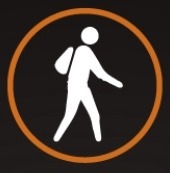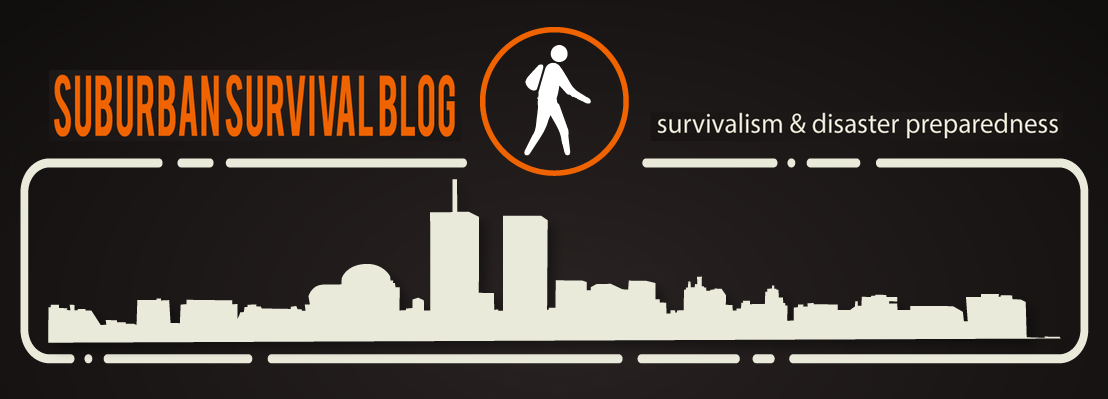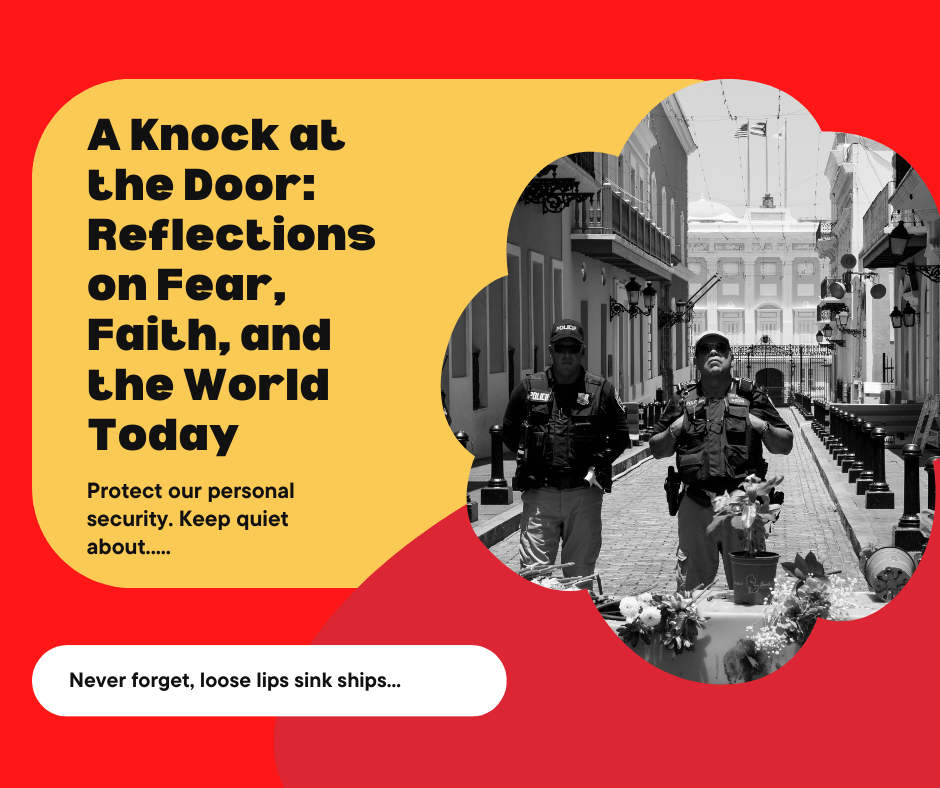 This is as much an article as a rant. I can’t believe how many people cannot follow simple travel directions or read a basic road map! I’m not talking about a topography or geo survey map. Not even a marine chart. Just a basic road map. Nor am I referring to cryptic instructions or vague “go a few miles then turn on Mill Road” directions.
This is as much an article as a rant. I can’t believe how many people cannot follow simple travel directions or read a basic road map! I’m not talking about a topography or geo survey map. Not even a marine chart. Just a basic road map. Nor am I referring to cryptic instructions or vague “go a few miles then turn on Mill Road” directions.
You can blame GPS technology to some extent – “Turn right here” etc — but even most GPS units will show a map and a detail the steps of the route too. And isn’t there a curiosity to see where it’s taking you? Could be a part of town you don’t want to travel through (been there, done that)?
Maybe you can blame the school system. When I was in grade school we had a booklet all about maps and map reading. Periodically the teacher would give a lesson on these skills as well as understanding the different road type symbols (interstate, county road, local road, dirt path etc). I don’t think such is done in school any more.
There have been many stories about “death by GPS” where people relied solely on their GPS and it leads them in circles, or to dead ends, or to impassable terrain etc. A GPS is only a computer and is only as good as the data it contains. Map’s datum can be inaccurate (I have found several errors on GPS loaded datum as well as Google Maps, MapQuest, even Hagstrom maps). In an emergency it’s well expected the U.S. military, which owns and controls the GPS system, would likely “turn down” the accuracy of the system for the general public. And there is the general requirement to have as many GPS satellites as possible in view. Even at locations of open sky I have sometimes had trouble getting a good GPS signal based on the way the satellite constellation is organized at that moment.
Nevertheless, it continues to amaze me how many people (especially among young people) can not follow simple 1–2‑3–4 travel directions or read a standard folding road map. There’s one young man I know who always gets lost pretty much anywhere he goes. If the directions say “Turn right then make the second left” he will go 4–5 miles before realizing he didn’t make the second left turn. I can understand missing the second left, or making the 1st or 3rd left turn instead of the second. It happens. But when the directions say to make the second left and you’ve gone several miles without turning don’t you think a red flag should go off in your head?! Or, if the directions say “Go 2 miles to rail road tracks. Make first right immediately after crossing tracks” he will go 3–4 blocks after the tracks before even bothering to look at the “make left immediately after” direction.
Then there’s the lack of sense of direction. You missed your right turn. Fine. You should know the street you were supposed to turn on is behind you. You have no idea how many people can not handle a simple situation as going around the block to get back to where they should have been! Add in one-way streets and they are even more clueless! And forget about any vague notion of N‑S-E‑W, even during the day! (A compass is also a clueless tool to many people.)
Both as a prepper and just a daily survival non-emergency skill, being able to read a map, plan a course of travel, and follow step-by-step directions is an essential skill to master.








